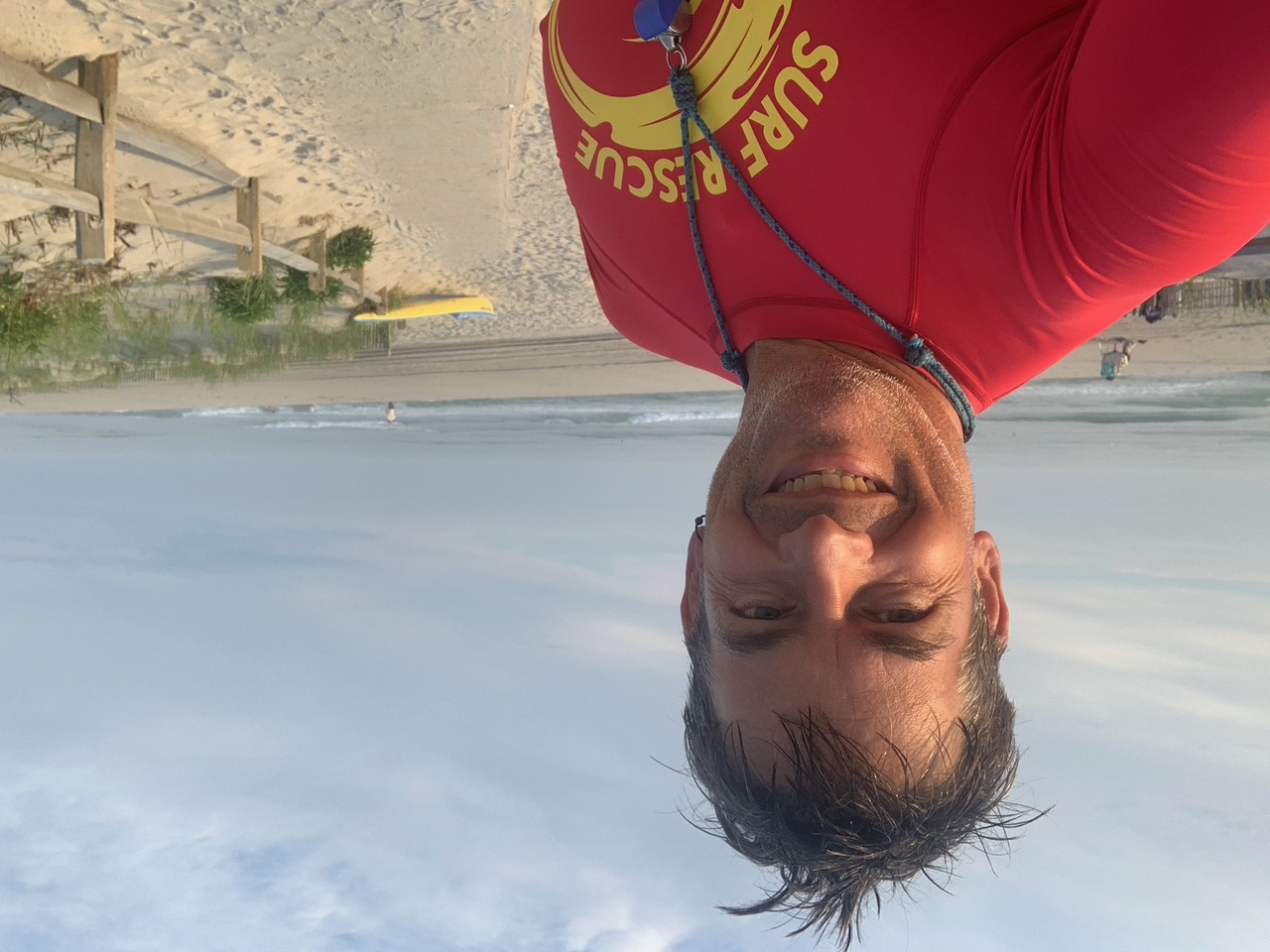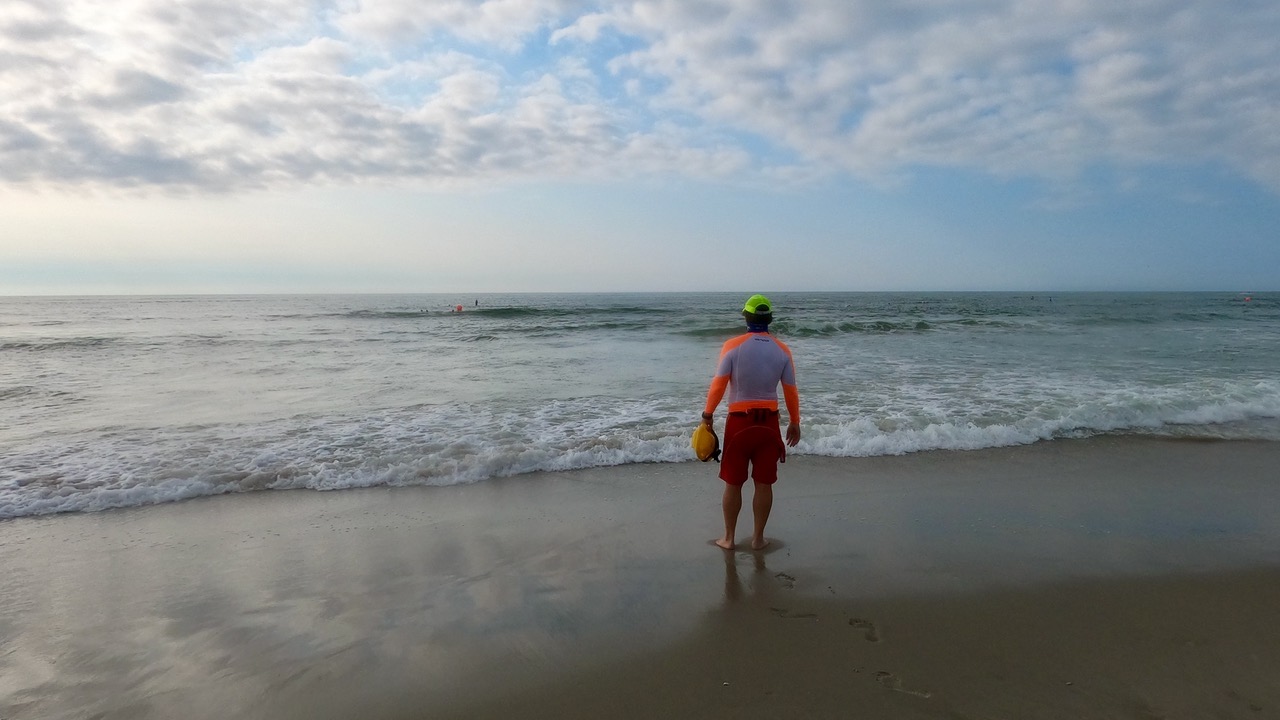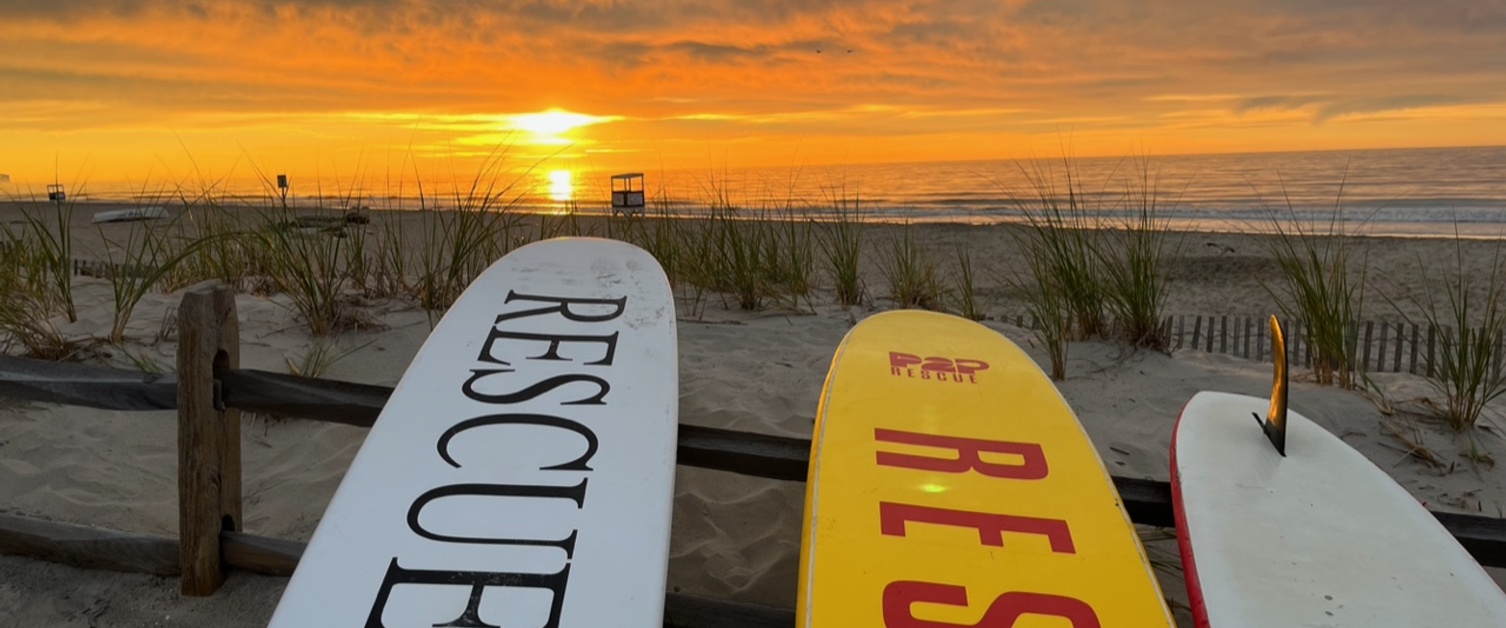Think and Act Like a Lifeguard – Where Weather, Water and Waves Meet
- By Bruckner Chase
- Nov 22, 2022
Labor Day marked the end of an ocean lifeguard presence on most beaches throughout the US, or there may only be skeleton crews covering major beaches. This week Californians are filling beaches to escape the heat, and on the East Coast large, dangerous surf is forecasted while ocean and air temperatures are beckoning beach goers to grab one more beach day. Any beachgoer could find themselves in trouble or see someone else in danger.
Ocean lifeguards are trained to take heroic actions alongside a team of rescuers when someone is in trouble, and how these surf lifesavers think, watch, and assess changing weather and water conditions is what protects millions of coastal visitors every year. On the beach or along any shoreline the BEST lifeguard is the one who knows how to read changing conditions before they put beachgoers in dangerous situations. While most of us can swim like a lifeguard, we can all learn to think like one.

Start by always respecting the ocean and the weather that can dramatically impact all open waters. Before any trip to a shore, learn the weather and water forecast for the specific location you are visiting. The closer the forecasted location is to the coast you are hitting the safer and more enjoyable your visit may be. An airport weather station just 8 miles inland can have dramatically different weather than what someone might experience standing in the sand. Understanding how National Weather Service coastal forecasts may impact your beach can keep every visit safe. Small Craft advisories may mean choppy surf and dangerous currents for those wanting to play in the waves. The new NWS Rip Current Forecast Model can alert you to potential dangers from strong rip currents. Winds that are forecast to change direction or strengthen during the day may mean calm conditions in the morning and dangerous conditions when you come back after lunch.
Wave and water conditions can vary from beach to beach, and even a slight variance in the direction a beach faces can dramatically impact how waves and wind impact that shore. Winds blowing just 10 mph in a direction along or towards the beach can make water near the shore more dangerous. Winds blowing away from the beach can create calmer looking waters, but they can also push someone on a float or board far from shore.

Just because you know one beach does not mean you know every beach. Even lifeguards hitting the water in a new location will check with their peers for local information at that spot. Most ocean tides change on roughly a 6-hour cycle which means water depths can change by 1 – 5 feet depending on where you are. With changing tides can come strong currents, and with changing water depths dangers beneath the surface can become hidden or exposed. Stay away from jetties and piers and look for posted signs or natural indicators like breaking waves that may indicate hidden sandbars, rocks, or reefs.
Even when they are informed on dangers like rip currents and threatening weather, ocean lifeguards know they should never turn their back on the ocean while always staying aware of constantly evolving crowds and changing conditions. If you see someone in danger the best thing to do first is “Take Ten.” Don’t just dive in! Pause to alert others of the situation and call 911 or signal to a lifeguard. Look around for something that floats or will allow you to reach for someone in trouble while you stay safe. Before running into any rescue, lifeguards follow the same steps. They signal to others, radio for support, and grab a rescue float or other gear before they get wet.
Whether the person in trouble is you or someone else the best thing you can do is Relax and Stay Calm. The most important tool that any lifeguard brings into a rescue situation is a calm state of mind so they can make decisions that protect themselves and others so additional support and help has time to arrive. Whether or not you ever learn to swim like a lifeguard you can start thinking like one now to keep yourself and others safe on any shore.
Check out Bruckner's other videos and articles with Weather Band. Develop your ocean safety skills and learn how to Think Like A Lifeguard.
